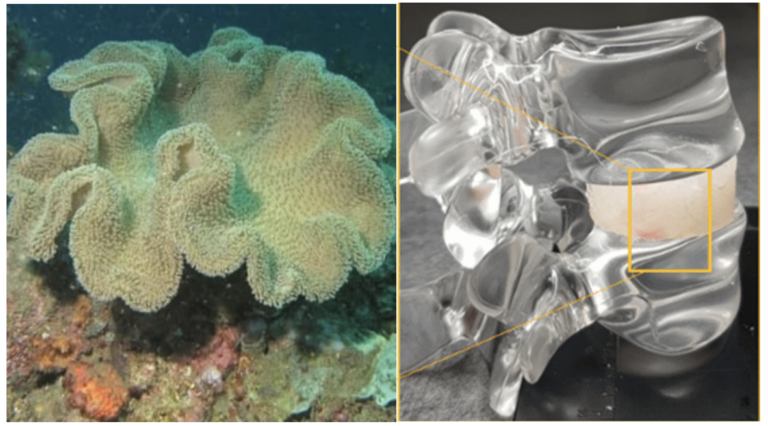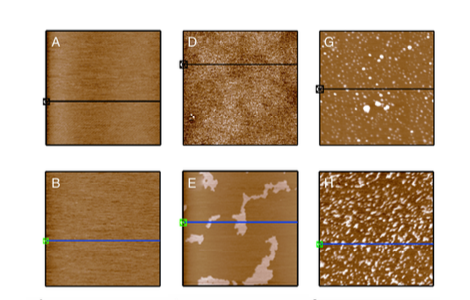Six Decades-old Protein-Synthesis Problem Solved at the Technion

After six decades of international effort, Professor Ashraf Brik’s group from the Technion manages to achieve ultrafast synthesis of a family of peptides and proteins, with huge medical implications.
Researchers led by Professor Ashraf Brik of the Schulich Faculty of Chemistry have made an important series of breakthroughs in the synthesis of proteins with huge medical implications. The breakthroughs have garnered much attention from the scientific community, and in the span of one week the group has had five articles accepted for publication in leading scientific journals. All of the publications deal with a novel method of protein synthesis, and its implementation in the development of pharmacologically important molecules.
“We anticipate the new synthesis strategies will be a gamechanger in developing new drugs for cancer, intestinal diseases, diabetes, and more,” stated Prof. Brik. Using this novel methodology, his laboratory synthesised plectasin, a peptide that has shown promising antibiotic results against multiresistant bacteria, and linaclotide, a drug used to treat irritable bowel syndrome.
A protein is a chain of amino acids, folded on itself. Forging the chain is a challenge that has already been overcome, but getting it to fold in just the right way has been an ongoing challenge for decades. One element of this challenge is a particular amino acid, cysteine, which forms a disulphide bond with another cysteine along the chain. If there is only one other cysteine on the chain, the bond will be formed, and the protein will fold the way it should. But what if there are more than two cysteines? How can each cysteine be persuaded to attach to the right one, and not to another?
Until now, scientists had little choice but to allow the proteins to fold, however which way, and filter out the correctly folded ones. Improvements on this basic approach were protein-specific and involved multiple intermediate steps. The process took several hours, or even days, and led to significant loss of material. Prof. Brik’s group was finally able to change that. They were able to find two molecular “cages” that could protect each individual pair of cysteines. One “cage” is unlocked by palladium, and the other by exposure to UV light. When they are unlocked in sequence, only two cysteines are exposed simultaneously, thus only the correct disulphide bond can be formed. Using this method, the team was able to synthesise correctly folded peptides and proteins with up to three disulphide bonds in less than 15 minutes, in one container, and without much material loss.
The researchers who took part in the study were Ph.D. student Shay Laps; M.Sc. student Fatima Atamleh; laboratory manager Dr. Guy Kamnesky; Dr. Hao Sun, who was at the time a postdoctoral fellow in the laboratory and is now a professor at the Nanjing Agriculture University; and primary investigator Prof. Ashraf Brik, who holds the Jordan and Irene Tark Academic Chair at the Schulich Faculty of Chemistry at Technion. He has received multiple awards, the latest of which being the Israel Chemical Society Prize of Excellence in 2019. This study is supported by the European Research Council advanced grant.
Publication in Nature February 8 th 2021
Source Technion




